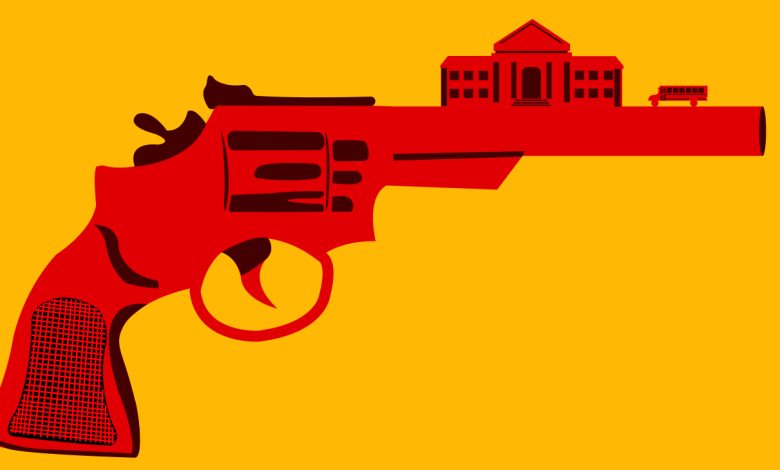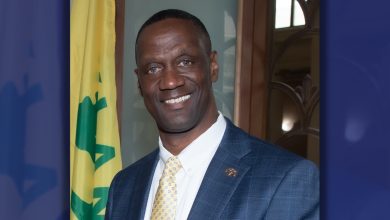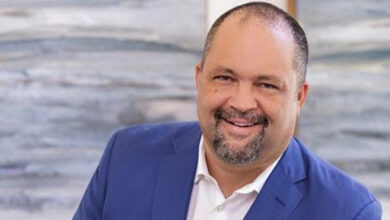Biden Issues Another Executive Order Seeking to Curb Gun Violence


By Katy St. Clair
Bay City News
Gov. Gavin Newsom on Friday unveiled his plan to transform San Quentin State Prison into a facility that emphasizes services and support over punishment, dubbing the new model the San Quentin Rehabilitation Center.
The governor joined former and current prison staff and inmates, elected officials, and criminal justice reform advocates for a news conference on Friday at the prison announcing the project, which some are calling a Scandinavian approach to incarceration.
“I don’t refer to it as a Scandinavian model,” said Newsom on Friday when asked about the comparison. “This is the California model. The California way, informed by best practices across the globe.”
Newsom said he hopes to make San Quentin “the preeminent restorative justice facility in the world.”
Under the new plan, San Quentin would only hold about 2,000 inmates who are serving lesser sentences and it would move more than 500 inmates doing more time for greater offenses, including those on death row, to other facilities.
The transition would take place by 2025, Newsom said, and he has pledged $20 million toward it.
The so-called Scandinavian model emphasizes education, training and rehabilitation over punishment, with the idea that people shouldn’t leave prison worse than when they came in. Newsom said that some approaches have already begun in smaller prisons throughout the state but this one would be the largest in scale.
At San Quentin under the new model, prisoners will be able to learn lucrative trades to better their chances of making it when they get out. This means inmates can study to become plumbers, electricians or truck drivers.
Currently, San Quentin already has its own college program, an award-winning inmate-produced newspaper, and several other opportunities for enrichment.
State Sen. Mike McGuire, D-Healdsburg, shared his support as well for the new direction.
“We have put politics above smart policy when it comes to our criminal justice system,” he said. “Today’s action by Newsom isn’t just about reform. It’s about changing lives. It’s about ending the prison pipeline that’s impacted California’s communities of color. It’s about creating a pathway for entire families and a stronger future for this state. And it’s about saving taxpayers money.”
At the core for the need for a new approach, said both McGuire and the governor, is the state’s 70 percent recidivism rate. And while he said his office was merely looking at worldwide models of reform and would create its own model, he cited Norway’s 20 percent recidivism rate as an argument for restorative justice over simply warehousing people.
Asked what challenges he faces in implementing the new model, Newsom replied jocularly.
“Fires, droughts, social unrest, pandemics?” he quipped, adding “Ron Desantis?”
He then got serious.
“Interested people find excuses. Committed people find ways of getting things done,” he said.
Assemblymember Phil Ting, D-San Francisco/San Mateo, spoke at the news conference in support of the program.
“For a couple of decades, we had this idea that as a state we could be safer,” he said. “If we put our inmates in the most remote parts of the state, if we could just send them out, separate them from their communities, separate them from us, separate them from their loved ones and from family members, that somehow we would be safer.
“Actually I think the exact opposite is needed,” Ting said.
San Quentin, which sits on prime Marin real estate facing the Bay, is California’s oldest prison and was once home to the nation’s largest death row. It currently houses about 3,300 inmates.
In 2019, Newsom placed a moratorium on executions in the state and ordered that the death chamber at San Quentin be dismantled.
Copyright © 2023 Bay City News, Inc. All rights reserved. Republication, rebroadcast or redistribution without the express written consent of Bay City News, Inc. is prohibited. Bay City News is a 24/7 news service covering the greater Bay Area.




